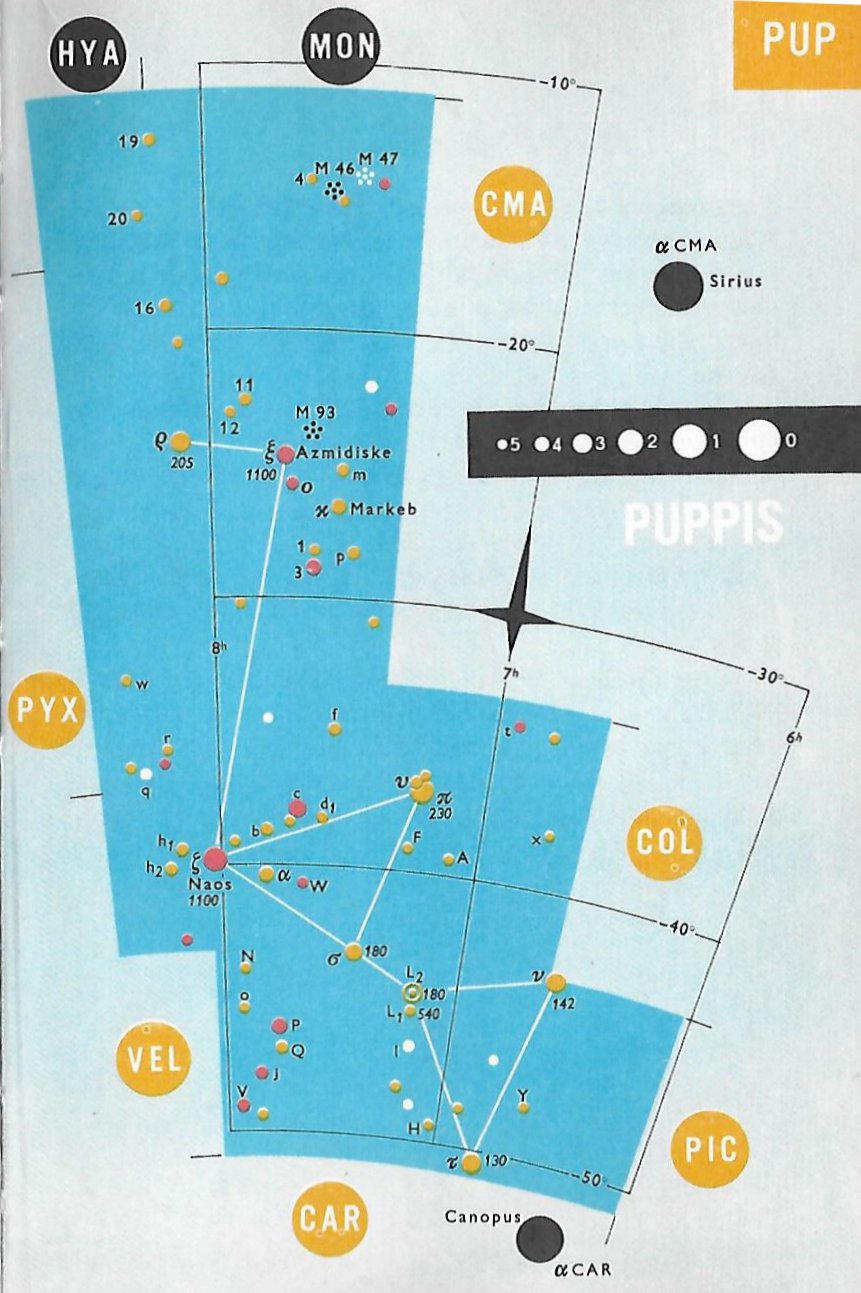The Keel (Carina) - presumably representing the 'backbone' - went down beyond Drus (the Oak, χ, 270):
An antler was very hard, so hard it was used as the standard digging tool. It was the opposite to the fluid state of the waters.
... They went ashore and took the food [te kai] with them. They pulled the canoe onto the beach and left it there. Ira sat down [he noho] with all the other (companions) and spoke to Makoi [ka ki era kia Makoi]: 'You shall mark the land for me and make it known (by its name)!' After that, Ira spoke these words: 'This is the diggning stick (? ko koko], Kuukuu. You shall work the land for me and plant the yam roots [te uhi]!' ... [E:18]
... Then the old man was glad. He kindled a large fire, and as he wanted to keep it to himself, he built a house with a door which snapped up and down like jaws and killed everybody that wanted to get in. But the people knew that he was in possession of fire, and the stag determined to steal it for them. He took resinous wood, split it and stuck the splinters in his hair. Then he lashed two boats together, covered them with planks, danced and sang on them, and so he came to the old man's house. He sang: 'O, I go and will fetch the fire.' The old man's daughter heard him singing, and said to her father: 'O, let the stranger come into the house; he sings and dances so beautifully.' The stag landed and drew near the door, singing and dancing, and at the same time sprang to the door and made as if he wanted to enter the house. Then the door snapped to, without however touching him. But while it was again opening, he sprang quickly into the house. Here he seated himself at the fire, as if he wanted to dry himself, and continued singing. At the same time he let his head bend forward over the fire, so that he became quite sooty, and at last the splinters in his hair took fire. Then he sprang out, ran off and brought the fire to the people ... Moving from Drus (the Oak, χ, 270) down to Avior (ε Carinae, 325 = 270 + 55) we should here notice the sign of Teke (Occiput):
The Julian equinox was at 3-25 and when the Pope Gregory XIII launched his new calendar it was explained that the effects of the precession since 325 AD had been corrected. 3 * 25 = 75 = 350 / 4. ... When Julius Caesar established his calendar in 45 BC [45 = 180 / 4] he set March 25 as the spring equinox. Since a Julian year (365.25 days) is slightly longer than an actual year the calendar drifted with respect to the equinox, such that the equinox was occurring on about 21 March in AD 300 and by AD 1500 it had reached 11 March. This drift induced Pope Gregory XIII to create a modern Gregorian calendar. The Pope wanted to restore the edicts concerning the date of Easter of the Council of Nicaea of AD 325. So the shift in the date of the equinox that occurred between the 4th and the 16th centuries was annulled with the Gregorian calendar, but nothing was done for the first four centuries of the Julian calendar. The days of 29 February of the years AD 100, AD 200, AD 300, and the day created by the irregular application of leap years between the assassination of Caesar and the decree of Augustus re-arranging the calendar in AD 8, remained in effect. This moved the equinox four days earlier than in Caesar's time ... Anciently they perceived 'twin years' - the return of the Sun marked the beginning of summer and when he left it became winter. ... In north Asia the common mode of reckoning is in half-year, which are not to be regarded as such but form each one separately the highest unit of time: our informants term them 'winter year' and 'summer year'. Among the Tunguses the former comprises 6½ months, the latter 5, but the year is said to have 13 months; in Kamchatka each contains six months, the winter year beginning in November, the summer year in May; the Gilyaks on the other hand give five months to summer and seven to winter. The Yeneseisk Ostiaks reckon and name only the seven winter months, and not the summer months. This mode of reckoning seems to be a peculiarity of the far north: the Icelanders reckoned in misseri, half-years, not in whole years, and the rune-staves divide the year into a summer and a winter half, beginning on April 14 and October 14 respectively. But in Germany too, when it was desired to denote the whole year, the combined phrase 'winter and summer' was employed, or else equivalent concrete expressions such as 'in bareness and in leaf', 'in straw and in grass' ... ... The Hawaiians also called the Milky Way Kuamoo, Backbone of the Lizard. Many Polynesian names for the Milky Way may be reminiscent of the crocodiles of Western Melanesia, the moko-roa, 'long lizards' of legend, for the same motif is found in various parts of the Pacific. The Tuamotuans termed the Milky Way Vaero-o-te-moko, Tail of the Lizard, and Mango-roa, Long Shark. The Mangaian name Moko-roa-i-ata, Long-lizard-of-morning, not only sounds the lizard or crocodile note but also refers to the method of determining the small hours of the night before the rising of the morning star. The Maori used the same term contracted to Mokoroiata. Again they called the Galaxy Mango-roa, Long Shark, and Mangoroiata, Long-shark-of-dawn ...
... Long ago in the very beginning of time there dwelt within a shell an infant god whose name was Ta'aroa. He was Ta'aroa the unique one, the ancestor of all gods, the creator of the universe whose natures were myriad, whose backbone was the ridgepole of the world, whose ribs were its supporters. Fotuna: fata, a stage. Ta.: fata, an altar, a scaffold, a piece of wood put up to hang baskets of food on; afata, a chest, a box, a coop, a raft, a scaffold. Pau.: fata, a heap; afata, a box, a chest. Ma.: whata, a platform or raised storehouse for food, an altar, to elevate, to support.
Moriori: whata, a raft. Mq.: fata, hata, hataá, shelves. Rapanui: hata, a table. Ha.: haka, a ladder, an artificial henroost; alahaka, a ladder. Mg.: ata, a shelf; atamoa, a ladder; atarau, an altar. Mgv.: avata, a coffer, a box. Vi.: vata, a loft, a shelf; tāvata, a bier. The Samoan fata is a pair of light timbers pointed at the ends and tied across the center posts of the house, one in front, the other behind the line of posts; rolls of mats and bales of sennit may be laid across these timbers; baskets or reserved victuals may be hung on the ends. The litter and the barrow are two light poles with small slats lashed across at intervals. The Marquesan fata is a stout stem of a sapling with the stumps of several branches, a hat tree in shape, though found among a barehead folk. These illustrations are sufficient to show what is the common element in all these fata identifications, light cross-pieces spaced at intervals. With this for a primal signifaction it is easy to see how a ladder, a raft, a henroost, an altar come under the same stem for designation. Perhaps Samoan fatafata the breast obtains the name by reason of the ribs; it would be convincing were it not that the plumpness of most Samoans leaves the ribs a matter of anatomical inference. Churchill 2.
... God created Eve from one of Adam's ribs and therefore I at first tried to translate the female (β) star name Al Sharas with The Rib. Although according to Allen this star was plural: '... β ... was one of Al Tizini's Al Sharāsīf, the Ribs, - i.e. of the Hydra, - and the first of the set.' Adam had, as I remember it, another wife before Eve, viz. Lilith ...
The shell was called Rumia, Upset. ... The Babylonians had here - where the Milky Way River was 'raised up' -
a Cargo Boat waiting ... Becoming aware at last of his own existence and oppressed by a yearning loneliness Ta'aroa broke open his shell and, looking out, beheld the black limitless expanse of empty space. Hopefully, he shouted, but no voice answered him. He was alone in the vast cosmos. Within the broken Rumia he grew a new shell to shut out the primeval void ...
…to enter a war canoe from either the stern or the prow was equivalent to a 'change of state or death'. Instead, the warrior had to cross the threshold of the side-strakes as a ritual entry into the body of his ancestor as represented by the canoe. The hull of the canoe was regarded as the backbone of their chief. In laments for dead chiefs, the deceased are often compared to broken canoes awash in the surf ...
... And here is the account of a maiden, the daughter of a lord named Blood Gatherer. And this is when a maiden heard of it, the daughter of a lord. Blood Gatherer is the name of her father, and Blood Moon is the name of the maiden.
And when he heard the account of the fruit of the tree, her father retold it. And she was amazed at the account: I'm not acquainted with that tree they talk about. It's fruit is truly sweet! they say, I hear, she said. Next, she went all alone and arrived where the tree stood. It stood at the Place of Ball Game Sacrifice.
What? Well! What's the fruit of this tree? Shouldn't this tree bear something sweet? They shouldn't die, they shouldn't be wasted. Should I pick one? said the maiden. And then the bone spoke; it was there in the fork of the tree: Why do you want a mere bone, a round thing in the branches of a tree? said the head of One Hunaphu when it spoke to the maiden. You don't want it, she was told. I do want it, said the maiden. Very well. Stretch out your right hand here, so I can see it, said the bone. Yes, said the maiden. She stretched out her right hand, up there in front of the bone. And then the bone spit out its saliva, which landed squarely in the hand of the maiden. And then she looked in her hand, she inspected it right away, but the bone's saliva wasn't in her hand. It is just a sign I have given you, my saliva, my spittle. This, my head, has nothing on it - just bone, nothing of meat. It's just the same with the head of a great lord: it's just the flesh that makes his face look good. And when he dies, people get frightened by his bones. After that, his son is like his saliva, his spittle, in his being, whether it be the son of a lord or the son of a craftsman, an orator. The father does not disappear, but goes on being fulfilled. Neither dimmed nor destroyed is the face of a lord, a warrior, craftsman, an orator. Rather, he will leave his daughters and sons. So it is that I have done likewise through you. Now go up there on the face of the earth; you will not die. Keep the word. So be it, said the head of One and Seven Hunaphu - they were of one mind when they did it ...
... When this tremendous task had been accomplished Atea took a third husband, Fa'a-hotu, Make Fruitful. Then occurred a curious event. Whether Atea had wearied of bringing forth offspring we are not told, but certain it is that Atea and her husband Fa'a-hotu exchanged sexes. Then the [male] eyes of Atea glanced down at those of his wife Hotu and they begat Ru. It was this Ru who explored the whole earth and divided it into north, south, east, and west ...
And when the Backbone (Carina) went down it of course meant the Stern (Puppis - the Puppy) had to go up (hua reva):
Reva. To hang down; flag, banner. Revareva, 1. To be hanging vertically; to detach oneself from the background of the landscape, such a person standing on top of a hill: ku-revareva-á te tagata i ruga i te maúga. 2. To cast itself, to project itself (of shadows); revareva-á te kohu o te miro i te maeha o te mahina, the shadow of the tree casts itself in the light of the moon. 3. Uvula. Vanaga. To hang, to suspend, flag, banner; hakareva, to hang up; hakarereva, to hang up, to balance; hakarevareva, to wave. T Pau.: reva, a flag; fakarevareva, to hang up, to suspend. Mgv.: reva, a flag, a signal. Mq.: éva, to hang up, to be suspended, to wave a signal. Ta.: reva, a flag, banner; revareva, to wave. The germ sense is that of being suspended ... any light object hung up in the island air under the steady tradewind will flutter; therefore the specification involved in the wave sense is no more than normal observation. Churchill. Mgv.: 1. A plant. Ta.: reva, id. Mq.: eva, id. Sa.: leva, id. Ma.: rewa-rewa, id. 2. To cross, to pass across quickly; revaga, departure. Ta.: reva, to go away, to depart. Ma.: reva, to get under way. Churchill. Ta.: The firmanent, atmosphere. Ha.: lewa, the upper regions of the air, atmosphere, the visible heavens. Churchill. LEWA, s. Haw., the upper air, region of clouds; v. to swing, float in the air, move back and forth; hoo-lewa, to vibrate, float in the air, carry between two persons, as a corpse, a funeral. Tah., rewa, the firmanent, an abyss; rewa-rewa, to fly about, as a flag.Mangr., rewa, the overhanging firmanent, a tent, a flag.N. Zeal., rewa, the eyelid. Marqu., ewa, to suspend; s. the middle. Sam., leva (of time), long since; v. be protracted.Fiji., rewa, high, height; vaka-rewa, to lift up, to hoist, as a sail. Malg., lifa, v. to fan oneself, s. flight; rafraf, a fan. Goth., luftus, the air. Sax., lyfti, air, arch, vault. O. Engl., lift, air. Lat., limbus (?), fringe, flounce. Sanskr., dev, div, primarily 'jacere, jaculare', according to A. Pictet (Orig. Ind.-Eur., ii. 466), subsequently 'to play at dice', play generally. The permutation of d and l may be observed in the Latin levir, brother-in-law (the husband's younger brother) = Sanskr. devŗi, devara, id. If dev or div has derived the sense of 'throwing dice' from an older sense 'jacere, jaculare', to throw, to hurl, that sense may be a derivative from a still older one, 'to lift up, swing about, be suspended' = the Polynesian lewa, rewa, 'to be suspended, to vibrate'. And thus we can also understand the origin of the Goth. luftus, the Sax. lyfte, the O. Norse loft, Swed. lowera, lofwa, Engl. luff. Fornander. Hua. 1. Testicle. 2. Figuratively: son, hua tahi, only son; fruits of the earth; to grow well (of fruits). 3. To cause a fight, a quarrel. Hua-ai, generation, as lineage of direct descendents; contemporaries. Huahua, coccyx of bird, 'parson's nose': huahua moa, huahua uha. Huataru, a creeper (Chenopodium ambiguum). Vanaga. 1. The same; ki hua, again, to continue, to strain, to struggle, to move, to repeat, over and above. Mq.: hua, the same, to return, to recommence. 2. To bloom, to sprout; flower, fruit (huaa); huaa tae oko, huaa vahio, young fruit; hua atahi, only son; huahaga, fruit; mei te huahaga o tokoe kopu, the fruit of thy body; tikea huahaga, deceptive appearance. P Pau.: ua, to be born; huahaga, lineage. Mgv.: hua, to produce (said of trees, grain, etc.), blooming time of flowers, abundance of fruit. Mq.: hua, to produce, to bear fruit. Ta.: ua, to sprout. Huahua. 1. Tailless fowl. 2. Vein, tendon, line. 3. Mgv.: huahua, pimples covering the face. Ta.: huahua, id. Mq.: hua, tubercules. Sa.: fuafua, abscess on hand or feet. Ma.: huahua, small pimples. Pau.: Hua-gakau, rupture. Ta.: áau, entrails. Sa.: ga'au, id. Ma.: ngakau, id. Churchill. 1. Fruit. 2. Egg. 3. Tā hua = 'genealogical writing' or 'same writing'. Fischer. ... The dream soul went on and came to Te Pou. She named the place 'Te Pou A Hau Maka O Hiva'. The dream soul went on and came to Hua Reva. She named the place 'Hua Reva A Hau Maka O Hiva'. The dream soul went on and came to Akahanga. She named the place 'Akahanga A Hau Maka O Hiva' ... [E:7-8] This could explain why only the stern of Argo Navis was firmly lit up by the stars: ... The Ship appears to have no bow ... Aratos wrote: Sternforward Argō by the Great Dog's tail // Is drawn; for hers is not a usual course, // But backward turned she comes, as vessels do // When sailors have transposed the crooked stern // On entering harbour; all the ship reverse, // And gliding backward on the beach it grounds. // Sternforward thus is Jason's Argō drawn ...
... From Aleph to Taf' describes something from beginning to end; the Hebrew equivalent of the English 'From A to Z' ... Tav is the last letter of the Hebrew word emet, which means truth. The midrash explains that emet is made up of the first, middle, and last letters of the Hebrew alphabet (Aleph, Mem, and Tav...). Sheqer (falsehood), on the other hand, is made up of the 19th, 20th, and 21st (and penultimate) letters. Thus, truth is all-encompassing, while falsehood is narrow and deceiving. In Jewish mythology it was the word emet that was carved into the head of the Golem which ultimately gave it life. But when the letter 'aleph' was erased from the Golem's forehead, what was left was 'met' - dead. And so the Golem died ...
|
|||||||||||||||||||||||||||||||||||||||||||||||||||||||||||||||||||||||||||||||||||||||||||||||||||||||||||||||||||||||||||||||||||||||||||||||||||||||||||||||||||||||||||||||||||||||||||||||||||||||




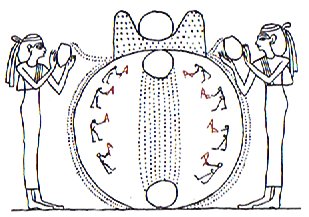
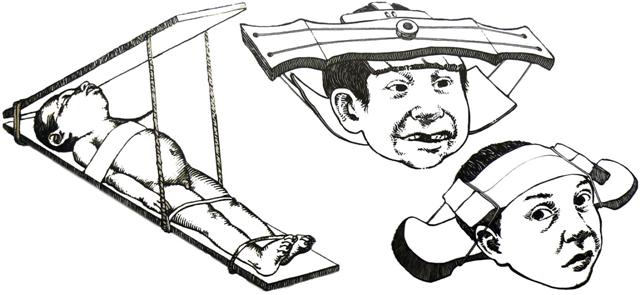
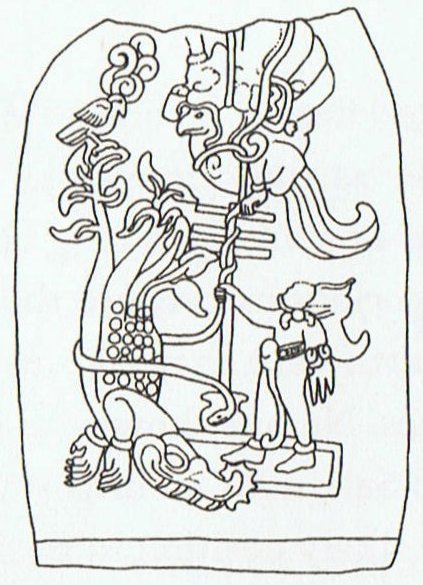








.jpg)





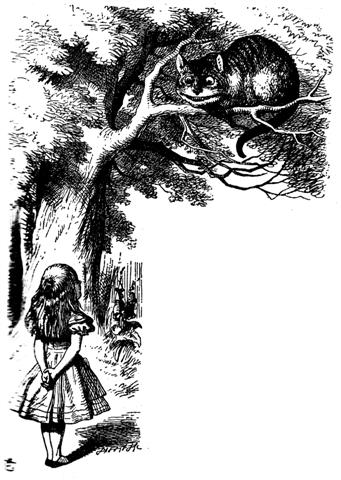


.jpg)
